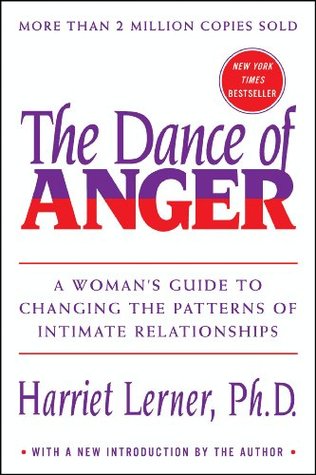More on this book
Community
Kindle Notes & Highlights
Read between
August 1 - August 28, 2023
Yet all of us are vulnerable to intense, nonproductive angry reactions in our current relationships if we do not deal openly and directly with emotional issues from our first family—in particular, losses and cutoffs.
Therefore, no advising, no helping, no criticizing, no blaming, no fixing, no lecturing, no analyzing, and no taking sides in their problems.
As we have seen, women are trained to be pursuers and underfunctioners with men except in the areas of housework, child work, and feeling work, where we may overfunction with a vengeance.
For example, if you are an overfunctioner who lives or works in close quarters with another overfunctioner, you may admire each other’s competence when anxiety is low. When anxiety is high, however, there may be some head-banging and locking of horns regarding the question of who’s in charge, who’s in control, and who has the right answers.
Only after you begin to change a relationship can you really see it.
“I understand that you’re angry, and if I were in your shoes, perhaps I’d be angry, too. But I’ve thought it over and this is my decision.” Remember that one person’s right to be angry does not mean that the other person is to blame.
For a brief and highly readable summary on moving differently in one’s own family system, see “Family Therapy with One Person and the Family Therapist’s own Family,” by Elizabeth Carter and Monica McGoldrick Orfanidis, in Philip Guerin’s book Family Therapy (op. cit., 1976).
Many psychoanalytic and feminist thinkers have discussed the irrational dread of female anger and power that both sexes share, dating back to our earliest years of helpless dependency on woman (i.e., mother), and have suggested that until parenting is shared in a more balanced way by men and women, such irrational fears may persist.


